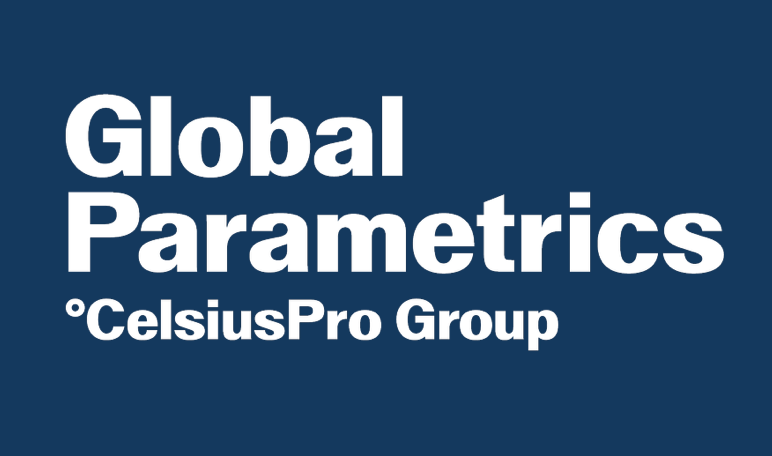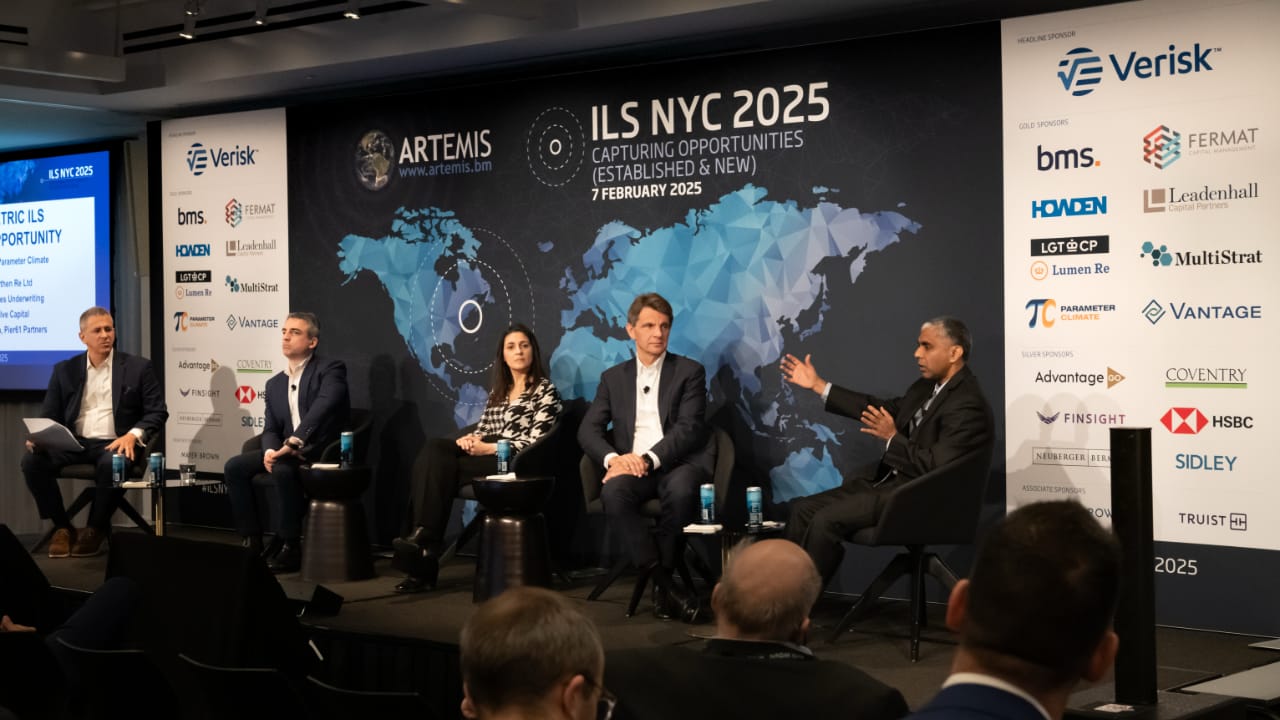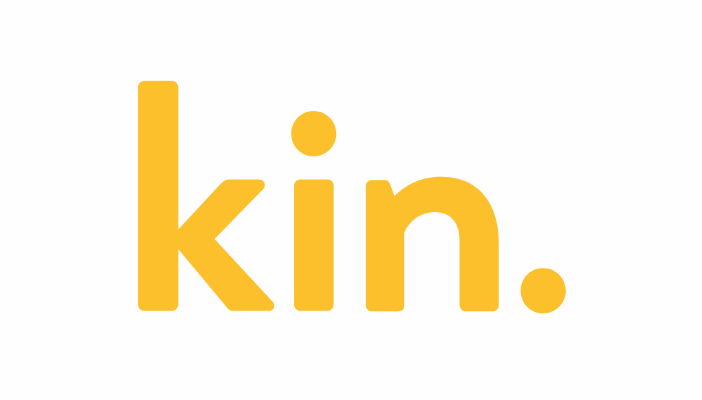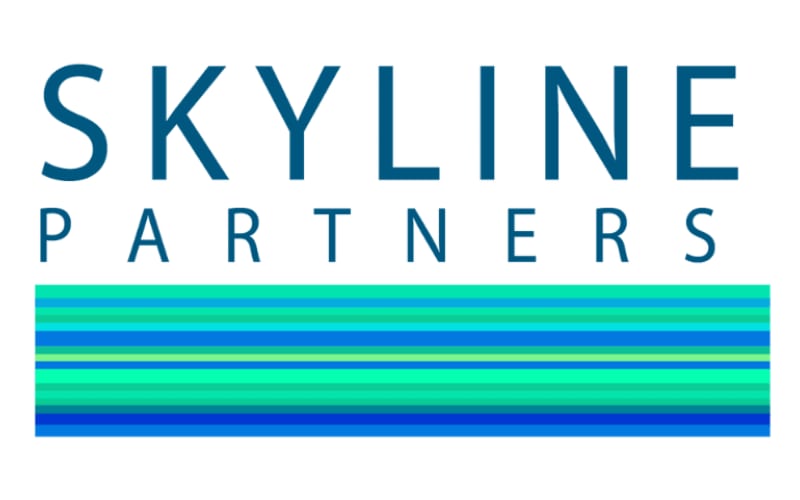
This content is copyright to www.artemis.bm and should not appear anywhere else, or an infringement has occurred.
Artemis has learned that a new Liongate Re DAC catastrophe bond is in the market with a target to secure $100 million of limit to provide Japanese mutual Zenkyoren with aggregate earthquake reinsurance, while also providing a source of German parametric quake cover as well which we believe may protect entities of the Sparkassen-Finanzgruppe.
 It’s interesting to see the dual-protection use-case of this new Liongate Re catastrophe bond issuance.
It’s interesting to see the dual-protection use-case of this new Liongate Re catastrophe bond issuance.
At this stage, with information limited, we’re not 100% clear on the beneficiary of the German parametric earthquake protection, but suspect it might be for one or more of the intermediating insurance and reinsurance entities which are part of the Sparkassen-Finanzgruppe, as we’re not aware of Zenkyoren having any property catastrophe exposure in that country.
Liongate Re Designated Activity Company (DAC) has been established in Ireland to be the issuer for this first catastrophe bond through the structure, sources said.
Liongate Re DAC is aiming to issue $100 million of notes that will be sold to catastrophe bond funds and investors, while the proceeds from that sale will be used to collateralize the underlying reinsurance.
We’re told that there are two German re/insurance firms acting as intermediating and ceding entities for this first Liongate Re DAC catastrophe bond, while Zenkyoren is also a cedent.
First, Zenkyoren, the Japanese National Mutual Insurance Federation of Agricultural Cooperatives, is a ceding insurer to the deal and so will benefit from the collateralized reinsurance coverage the Liongate Re DAC cat bond will provide, we are told.
But facilitating that coverage is German reinsurance company Deutsche Rückversicherung, acting as an intermediating reinsurance entity, in turn facing off to a ceding reinsurance entity which is German held insurer SV Sparkassenversicherung, which in turn will face off to Irish entity Liongate Re DAC.
Both Deutsche Rückversicherung and SV Sparkassenversicherung are entities of the Sparkassen-Finanzgruppe, which is an association of savings banks, public insurance companies and other financial service providers in Germany.
So, it appears that the Japanese earthquake reinsurance protection is passed down this line to Zenkyoren, while the German earthquake reinsurance may actually be for the portfolios of one or both of the intermediating re/insurers or the Sparkassen-Finanzgruppe itself, although we cannot be certain at this time.
The currently $100 million of catastrophe bond notes that Liongate Re DAC will issue will provide Japanese earthquake reinsurance protection on a three-year aggregate and indemnity trigger basis, which is aligned with Zenkyoren’s other cat bond backed protection, such as from its recently completed Nakama Re 2025-1 deal.
It will also provide $100 million of per-occurrence parametric earthquake reinsurance covering Germany over a three year term, using a parametric box construction.
Maturity of the Liongate Re DAC notes will be scheduled for mid-April 2028, we understand.
The Japanese earthquake reinsurance protection from the notes would attach at JPY 2.15 trillion of losses and cover a layer to JPY 2.4 trillion, and also feature an aggregate franchise deductible of JPY 270 billion, which are the same attachment and deductible metrics as Zenkyoren’s recent Nakama Re cat bond deal.
Meanwhile, we understand that the parametric trigger for the earthquake reinsurance protection for Germany will have a stepped-payout mechanism aligned with boxes, with different percentages of principal payable depending on the magnitude of an event. We’re told the minimum magnitude required of a quake to put the notes at-risk will be M5.3 or more.
The $100 million of cat bond notes Liongate Re DAC is offering will come with an initial attachment probability of 1.43%, an initial expected loss of 1.15% and have spread price guidance in a range from 3% to 3.5%, sources said.
The additional of German parametric earthquake risk to this catastrophe bond is an intriguing new peril in the market, having only seen German quake risks once before in the King Max Re DAC 2023 cat bond for VKB Re. It shows that the cat bond market is seen as a viable source of reinsurance for this diversifying peril.
It is also good to see Deutsche Rückversicherung intermediating, as that is a role we have not seen the reinsurer play in any cat bond previously.
While the fact Zenkyoren is a beneficiary too suggests this is seen as an efficient additional way for the mutual to access the cat bond market, or that it has an existing relationship with the other parties involved.
You can read all about this new Liongate Re DAC catastrophe bond and every other cat bond deal in the Artemis Deal Directory.
Liongate Re cat bond to cover Japan quake for Zenkyoren & German parametric quake was published by: www.Artemis.bm
Our catastrophe bond deal directory
Sign up for our free weekly email newsletter here.









